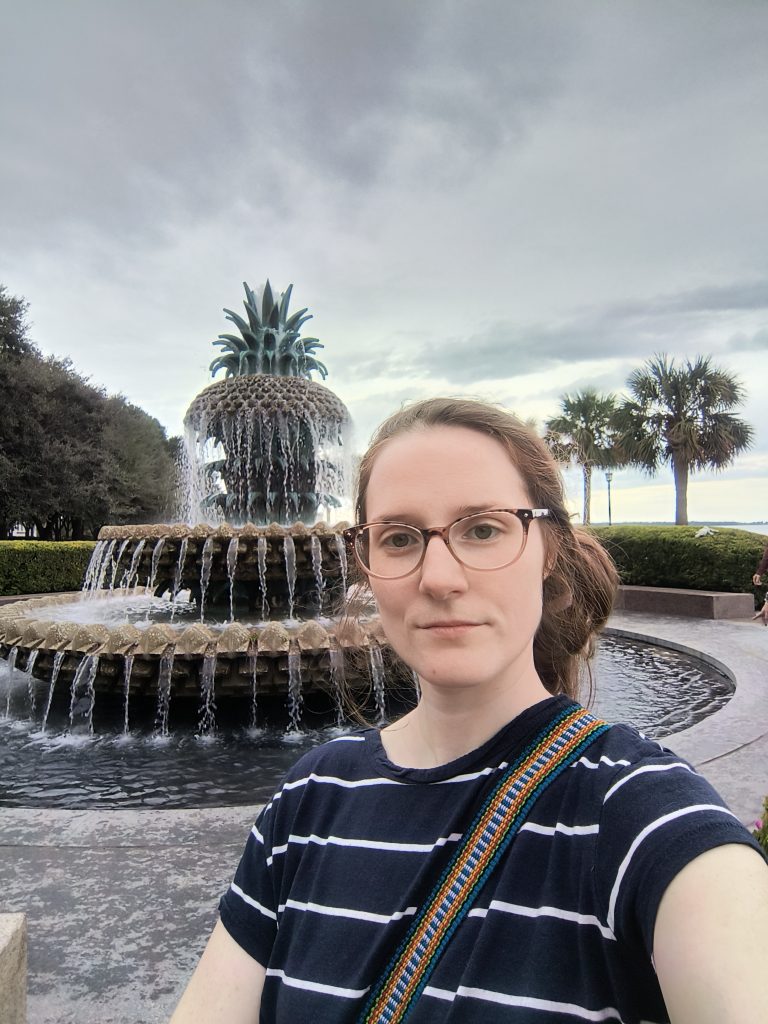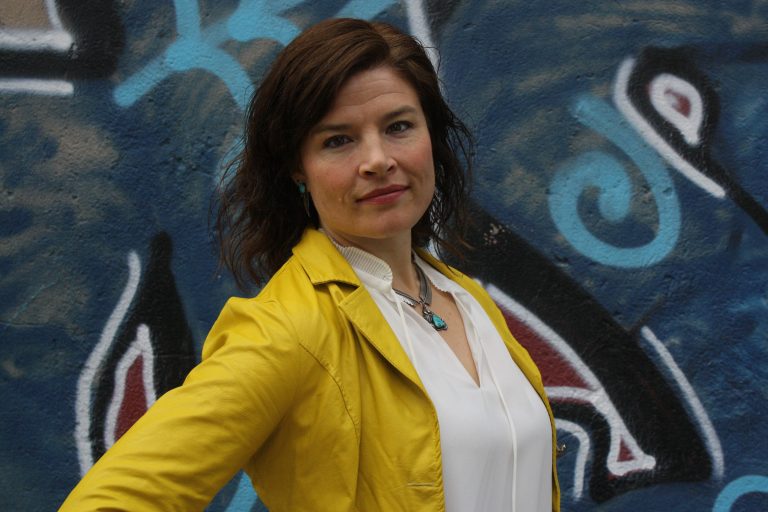
What is Wildhouse Publishing?
Just Horizons Alliance (JHA), which is now CMAC’s umbrella organization, contains many parts. While CMAC anchors the research side of JHA, another branch, Wildhouse Publishing, is currently the main promoter of “expansive spirituality” within JHA (while Wildheart Evolution, which will…


















